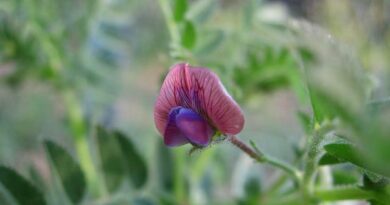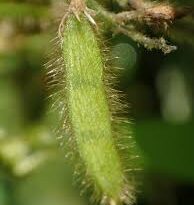Methods of Field Preparation for Plantain Farming
When preparing your fields for your plantain farming, you must be aware of the fact that fields are to be prepared with minimum disturbance to the soil (no-tillage farming).
In consequence, manual clearing should be preferred to mechanical deforestation because bulldozers always remove topsoil with the important organic matter and compact the remaining soil.
When an old natural fallow is cleared, the debris from the forest should be burned if plantain cultivation is planned for 1 or 2 cycles only. If perennial cultivation is being considered, planting should be done through the mulch.
Young fallows of about 3 to 5 years or improved legume fallows should be simply slashed and left without being burned. Trees must be cut but the stumps are not to be removed, and the trees should be left to grow again.
They can be pruned only when they start to obstruct field activities or shade the plantains.
Once the fallow crop is slashed, the field is ready for pegging. Drains should be dug if some spots in the field tend to waterlog after heavy rains.
Read Also: The Importance of Plantain Farming Business
According to research, here is a detailed method of preparing your land for plantain cultivation / plantain farming business below:
Land clearing is the process of removing trees, stumps, brush, stones and other obstacles from an area as required to increase the size of the crop producing land base of an existing farm or to provide land for a new farm operation.
It is the development of land with the intention of creating a potential use for agricultural purposes. It requires the removal of native cover including trees, bushes and boulders from the land surface.
The land is subsequently broken to create a workable bed into which a crop can be seeded. Land breaking includes the removal of roots, stumps and rocks.
This is necessary to increase the area of the land base for producing crop, or to make your land suitable for plantain farming operation.
Depending on your budget, available equipment, the location of your plantain farm and the size of the proposed plantain farm, you can go for either manual or mechanized clearing.
Read Also: Weed Management on Plantain Cultivation
Preparing the Soil for Plantain Farming / Cultivation

The purpose of land preparation is to provide the necessary soil conditions which will enhance the successful establishment of the young suckers.
It is important to maintain the humidity of the plantain plantation by allowing some of the trees to remain for the purpose of protecting the plant from excessive sun and to enhance the humidity. This is very essential in plantain farming environment.
Fields are to be prepared with minimum disturbance to the soil (no-tillage farming). In consequence, manual clearing should be preferred to mechanical deforestation because bulldozers always remove topsoil with the important organic matter and compact the remaining soil.
When an old natural fallow is cleared, the debris from the forest should be burned if plantain cultivation is planned for 1 or 2 cycles only. If perennial cultivation is being considered, planting should be done through the mulch.
Young fallows of about 3 to 5 years or improved legume fallows should be simply slashed and left without being burned.
Trees must be cut but the stumps are not to be removed, and the trees should be left to grow again. They can be pruned only when they start to obstruct field activities or shade the plantains.
Read Also: Introduction to Plantains and their Environment
Once the fallow crop is slashed, the field is ready for pegging. Drains should be dug if some spots in the field tend to waterlog after heavy rains.
Preparation will depend on the type of land and the type of farm, and should be adapted according to available resources. Some months before planting, the land should be systematically cleared, followed by selective felling.

In forest zones, after clearing, the dry undergrowth is burned. In savanna zones that have only sparse plant biomass, burning is not recommended; systematic clearing is enough to prepare the land.
Generally two ploughings are sufficient to provide a good seedbed for the banana plantation. About four weeks should be left between each cultivation to allow germination of weed seeds that are then killed by the following cultivation.
However, planting holes may be made directly in cleared land. The successive weeds are then cleared with hoe or herbicides weeding.
Now that you’ve known the best land clearing technique to be utilized in the course of your plantain farming, why not share with your friends and families?
Read Also: What is Soda Ash and Its Uses









